Lovers of home ornamental plants, grow a variety of exotic plants such as lemons, persimmons, pomegranates, bananas, murayu, feijoa, pineapples, avocados, including a fig tree, or rather figs. Naturally, it will not be possible to completely solve the problem of providing the population with overseas fruits, but partially - it is quite possible.
Despite the fact that figs are much less common than lemon, tangerine or pomegranate, they may well please others with their fruits. The domestic fig is the closest relative of the ficus and also grows in height and has a lush crown that is easy to form during the growth process.
Content
Growing figs at home
In the conditions of city rooms, such varieties for cultivation are acceptable as "Oglobsha", "violet Sukhumi", "Kedoma", "Solnechny", etc. They can easily please with their fruits, the size of a walnut and very pleasant to the taste. The taste of the fruit is unforgettable and certainly encouraging the desire to have such a tree at home.
If someone wants to get a special decorative effect and vigorous flowering from this plant, then this is a serious mistake. The process of the appearance of fruits in this tree is peculiar and is not accompanied by rapid flowering. Fruits appear in the axils of the leaves, gradually increase in growth, while changing their color from green to dark purple. A dark purple color indicates ripening of the fruit.
Despite the fact that the fig is thermophilic, it feels great in a city apartment, with dry air and average temperature conditions. In winter, it should be moved to the area of the south window, and in the summer, the east window will suit it.
Fruiting
The fruiting cycle of figs stretches for six months: at the initial stage, the plant acquires leaves, after which fruits are tied in the axils of these leaves and ripen. After that, the tree sheds its leaves and goes into dormancy mode, lasting up to 3 months. Providing this plant with certain conditions associated with the presence of good lighting, the fig tree can bear fruit all year round and only from time to time will shed its leaves and rest.
Watering
"Fig tree" prefers moderate watering, which does not allow the soil to dry out. In winter, watering can be limited to sump watering. During the period of fruiting and active development, it is recommended to feed with complex mineral fertilizers, although the tree does not suffer very much without feeding.
The soil
Purchased for a plant in a flower shop. It should be designed for growing ornamental deciduous plants.
Reproduction of the "fig tree"
Figs are propagated using cuttings. To do this, cuttings are cut, which have 3-4 buds and are placed in water or wet sand to form roots, after which they can be planted in pots. With this method of reproduction, figs will bear fruit in six months. If it is propagated by seeds, then the fruits can be seen only for 4-5 years of life. Therefore, figs propagate by seeds only in extreme cases.
Crown formation
The plant gratefully responds to pruning, so there are no restrictions in this regard.
Useful properties of figs
Fig fruits are not only healthy, but also taste good. The fruits of the plant grown at home are very useful.
Fig fruits contain a lot of potassium, which helps to improve the functioning of the cardiovascular system, even if you eat no more than two fruits a day.
The fig tree fruit contains substances that thin the blood, which is a prophylaxis against blood clots. It can help with anemia, as well as urinary tract diseases and kidney stones. It can be stated as a fact - the ability of figs to cure cancer.
If the fig fruits are boiled in milk, and the drink received, consumed 100 g three times a day, then diseases of the upper respiratory tract can be treated.
Jam can be made from figs, which improves metabolism and the digestion process.
Diluted with water, fig jam can be used as a laxative, especially for children.
At the same time, you can use not only the fruits of the "fig tree", but also its other parts, and especially the juice. It can help you get rid of acne, heal wounds, get rid of pustules, and even treat skin cancer.
Naturally, each treatment with such medicines requires consultation with doctors. Self-medication can lead to unpredictable consequences. It is necessary to study all contraindications very well, since any drug has them. Figs contain a lot of sugar, which means that figs are contraindicated for people with diabetes. It is not recommended to use it as a medicine for people who are overweight, as well as people who have disturbed normal digestion.
It is very interesting to watch how the "fig tree" grows, how a plant with many leaves grows from a small cuttings in two months, and already during this period fruits begin to set. Not a single tree is capable of this, because you have to wait at least 2 years for flowering and fruiting, and this is in the most successful scenario.
From this point of view, the fig is a unique tree, despite the fact that it does not differ in particular decorativeness, but practicality and usefulness are in the first place.
Fig is one of the most ancient plants that people began to cultivate. To this day, it is grown as a valuable fruit plant. It can be found in Georgia, Armenia, the Mediterranean countries, on the Absheron Peninsula, in the Carpathians, etc. The value of figs is that you can make wine from them. Because of this, figs are also called wine berries, since they have a large amount of sugar and an excellent wine is made from its fruits.
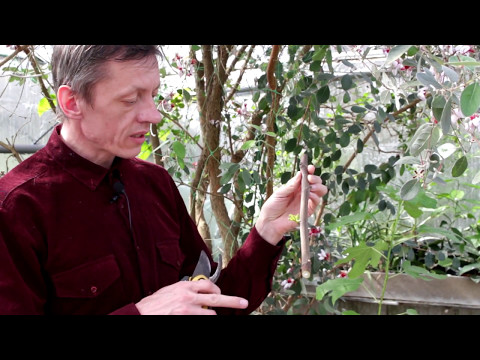

Watch this video on YouTube

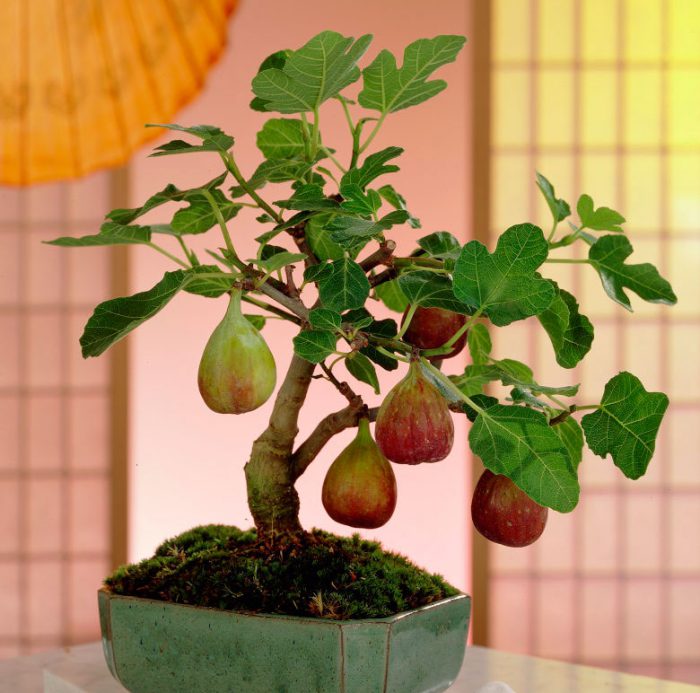
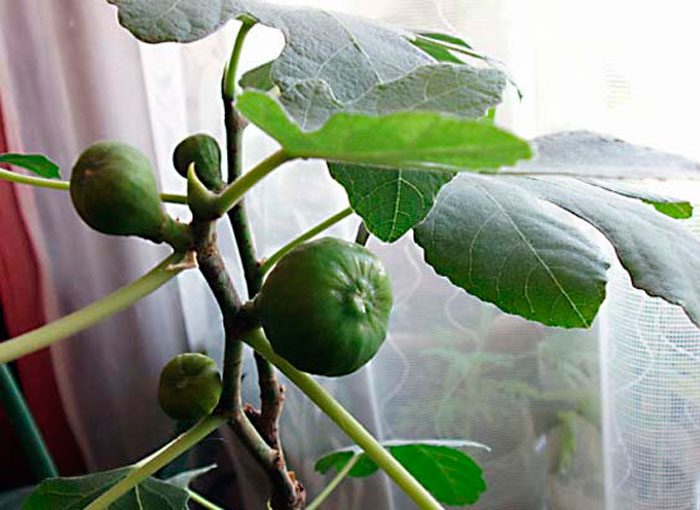
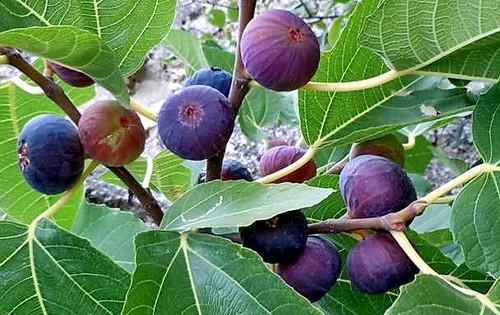
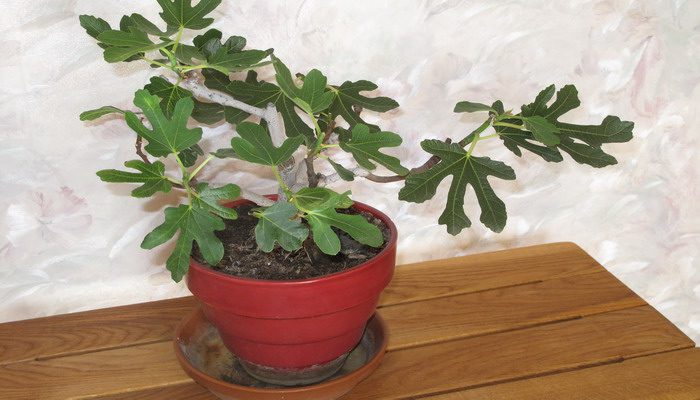
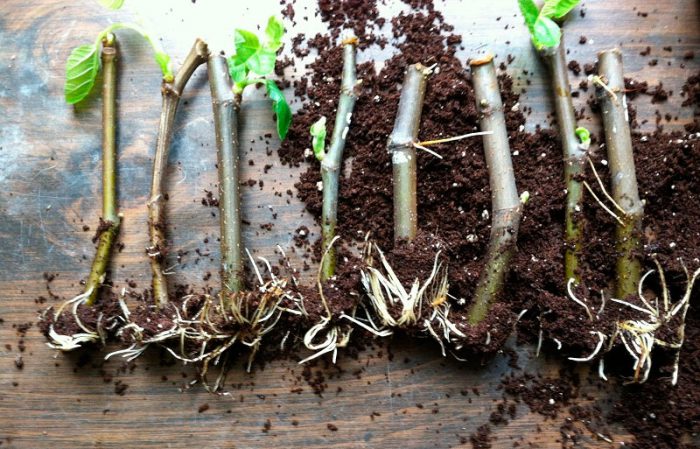
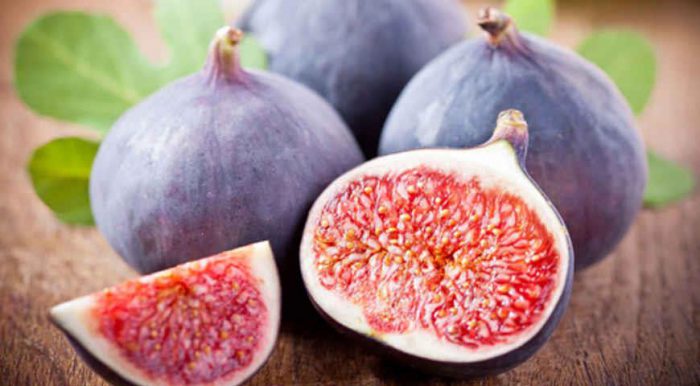

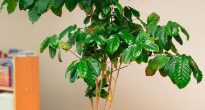

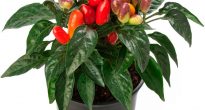
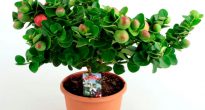

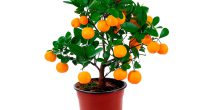
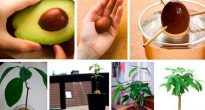

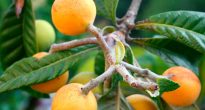

Fig is a powerful plant, I can't even imagine how to keep it in the house ... The only thing is that the varieties should be dwarf.
I have a fig for 3 years, brought it from the Crimea in a pot, but it has not borne fruit yet. What is the reason I do not know